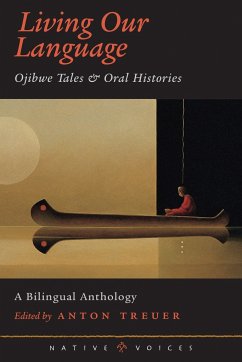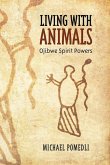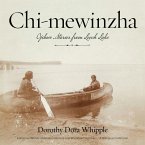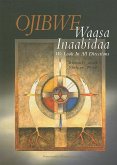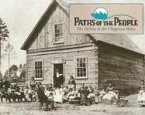A language carries a people's memories, whether they are recounted as individual reminiscences, as communal history, or as humorous tales. This collection of stories from Anishinaabe elders offers a history of a people at the same time that it seeks to preserve the language of that people. As fluent speakers of Ojibwe grow older, the community questions whether younger speakers know the language well enough to pass it on to the next generation. Young and old alike are making widespread efforts to preserve the Ojibwe language, and, as part of this campaign, Anton Treuer has collected stories from Anishinaabe elders living at Leech Lake, White Earth, Mille Lacs, Red Lake, and St. Croix reservations. Based on interviews Treuer conducted with ten elders -- Archie Mosay, Jim Clark, Melvin Eagle, Joe Auginaush, Collins Oakgrove, Emma Fisher, Scott Headbird, Susan Jackson, Hartley White, and Porky White -- this anthology presents the elders' stories transcribed in Ojibwe with English translation on facing pages. These stories contain a wealth of information, including oral histories of the Anishinaabe people and personal reminiscences, educational tales, and humorous anecdotes. Treuer's translations of these stories preserve the speakers' personalities, allowing their voices to emerge from the page. Treuer introduces each speaker, offering a brief biography and noting important details concerning dialect or themes; he then allows the stories to speak for themselves. And from them we learn about the distant past -- "What They Did Long Ago" -- and the speakers' personal pasts, including experiences in government boarding schools. We hear humorous anecdotes about legendary figures and theintersection of opposing cultures. We listen to discussions of the Indian's gifts, not least of all that of the Ojibwe language. And we hear a refrain of hope for the future, summarized neatly in the story "This Is a Good Way of Life". This dual-language text will prove in

